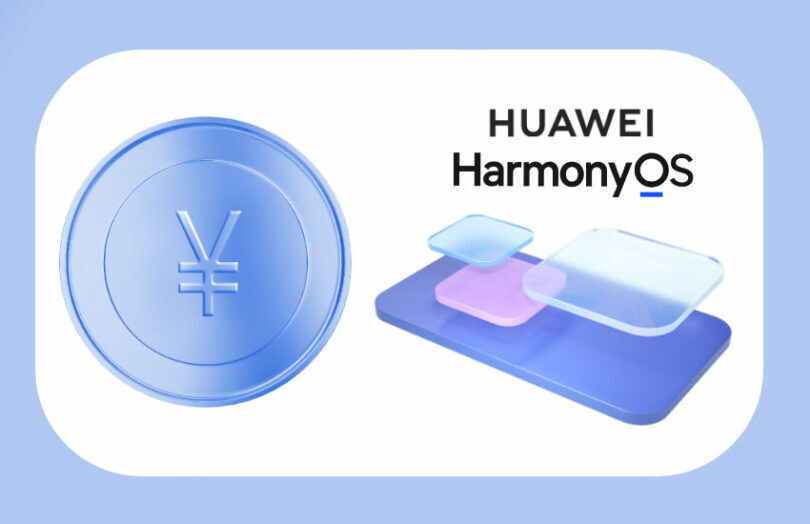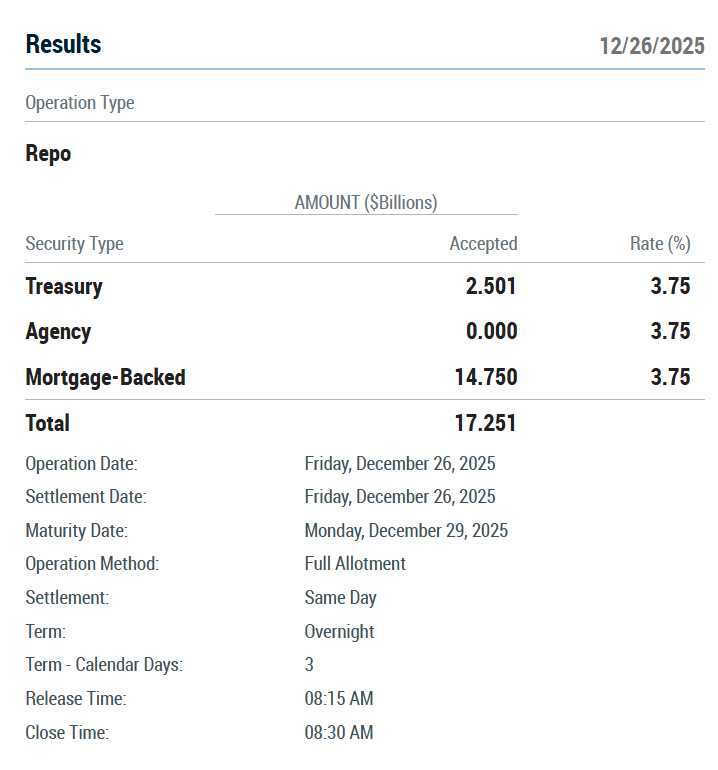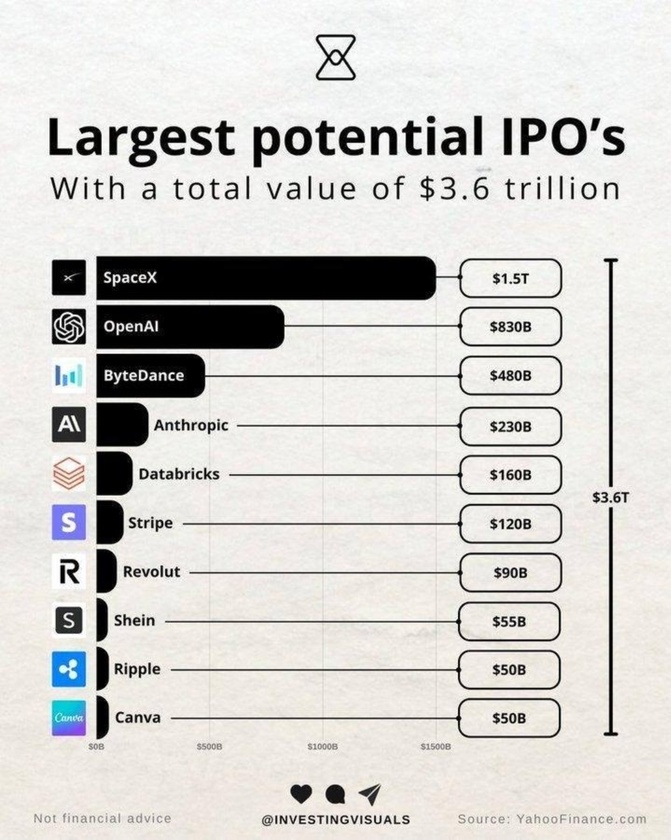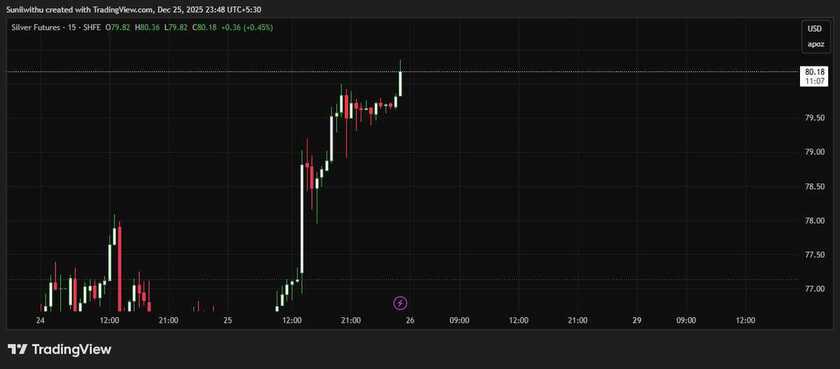In 2019, the U.S. government blocked Google from working with Chinese technology firm Huawei. This resulted in Huawei launching its own Android-compatible operating system, HarmonyOS, initially for IoT devices but later for phones. Now Huawei has unveiled HarmonyOS Next, which drops Android compatibility and is no longer Unix-based. China’s central bank digital currency (CBDC), the digital RMB, will support the new operating system.
Recent reports go a bit further, saying the CBDC will take advantage of the built-in ‘atomicity’ of Harmony OS Next. The CBDC app will be deeply integrated with the operating system and also use some of its security features.
In the blockchain world, atomic transactions usually refer to instant settlement. Many transactions, such as ecommerce, involve two legs. You make the payment. Then the goods are delivered. As the world increasingly goes digital, the items delivered, such as music or videos, are often digital. If I buy digital music, the immediate exchange with a digital currency is “atomic”. The advantage for merchants is they receive the money instantly.
Given that HarmonyOS is not just designed for phones, the digital RMB could be used to settle Internet of Things (IoT) transactions. According to Chinese press reports, these would likely be combined with the integrated AI model and smart contracts to trigger instant payment.
While HarmonyOS Next will launch later this year, the existing Harmony OS has started to make inroads in China. It accounts for 13% of Chinese phones, close to Apple’s IOS penetration at 14%. Android is still dominant, making up the rest.
With China’s increasing desire to avoid dependence on U.S. technology, one could imagine that share increasing.
IoT – another digital RMB use case?
While the digital RMB is technically still in the pilot phase, it’s becoming clear that incentives are the main driver for take-up. Without the offer of free money, users are pleased with the payment offerings from Alipay and WeChat Pay. Increasingly, the digital RMB is being used for government-centric use cases. However, IoT applications could become another major usage area.





























